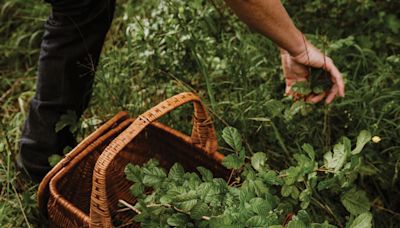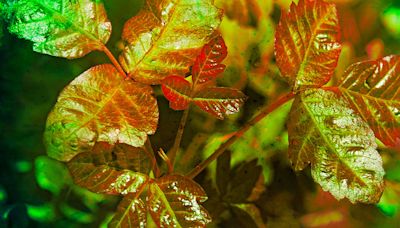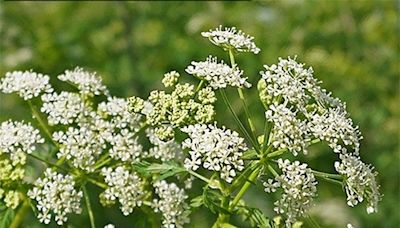Search results
May 15, 2024 · Poison ivy rash is caused by an allergic reaction to an oily resin called urushiol (u-ROO-she-ol). This oil is in the leaves, stems and roots of poison ivy, poison oak and poison sumac. Wash your skin right away if you come into contact with this oil, unless you know you're not sensitive to it.
May 7, 2020 · We'll show you how to identify poison ivy during the spring, summer, fall, and winter.
- Corey Whelan
Mar 12, 2024 · Poison ivy can be found in nearly every state, so there’s a good chance you will eventually cross paths with it. See pictures and learn about remedies.
- Jeri Burtchell
Poison ivy is a type of allergenic plant in the genus Toxicodendron native to Asia and North America. Formerly considered a single species, Toxicodendron radicans, poison ivies are now generally treated as a complex of three separate species: Toxicodendron radicans, Toxicodendron rydbergii, and Toxicodendron orientale.
Apr 19, 2024 · Poison ivy is a poisonous plant that can cause a skin rash in people who come into contact with its leaves, stems, or roots. The medical name for this rash is contact dermatitis or Rhus...
Mar 21, 2024 · Poison ivy, poison oak, and poison sumac are among the most common causes of contact dermatitis in the U.S. See pictures of what a poison ivy rash looks like and find out how to treat it.
People also ask
What is Poison Ivy?
What is poison ivy rash?
Can a poison ivy plant cause a rash?
What are the symptoms of poison ivy rash?






